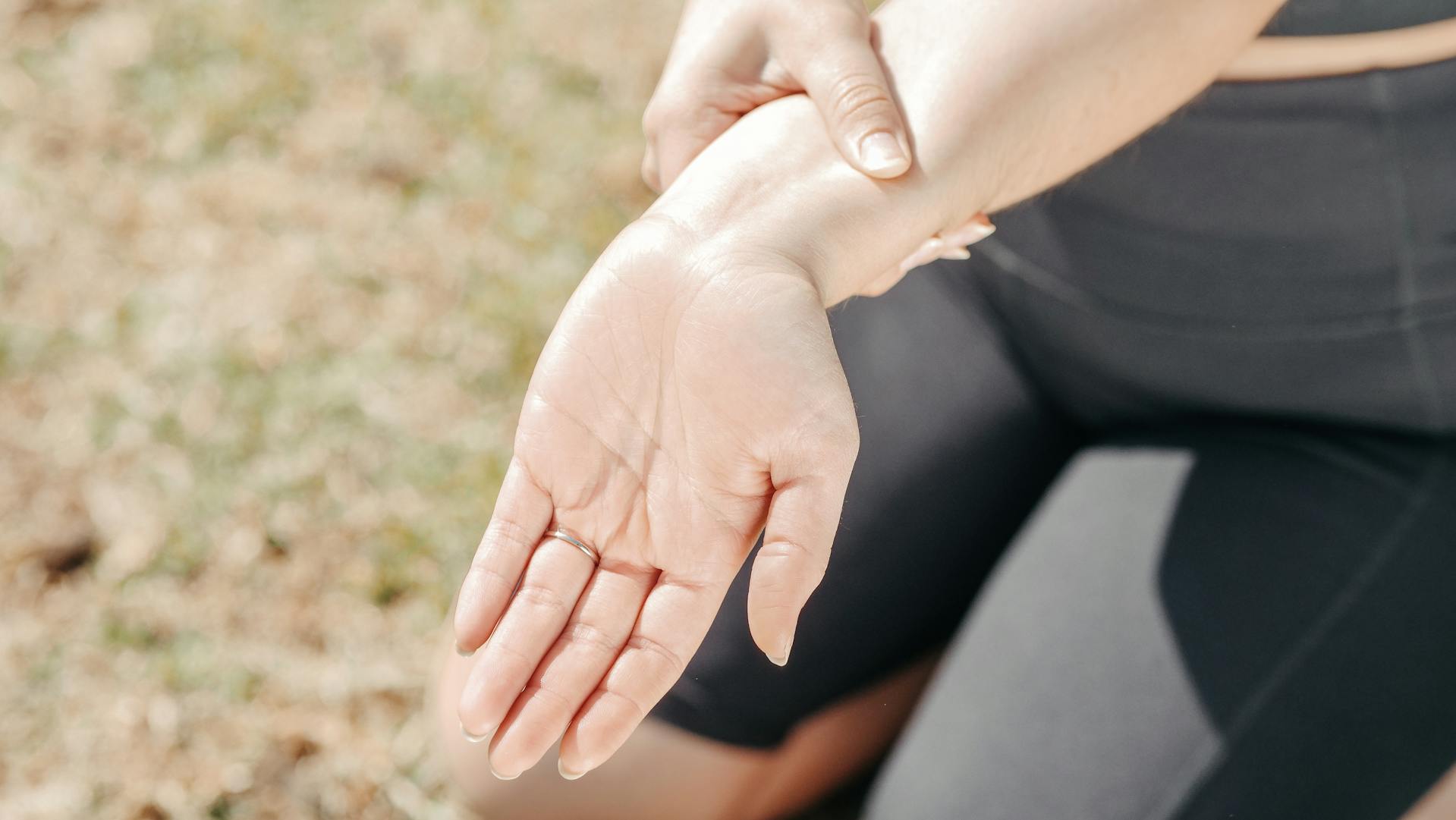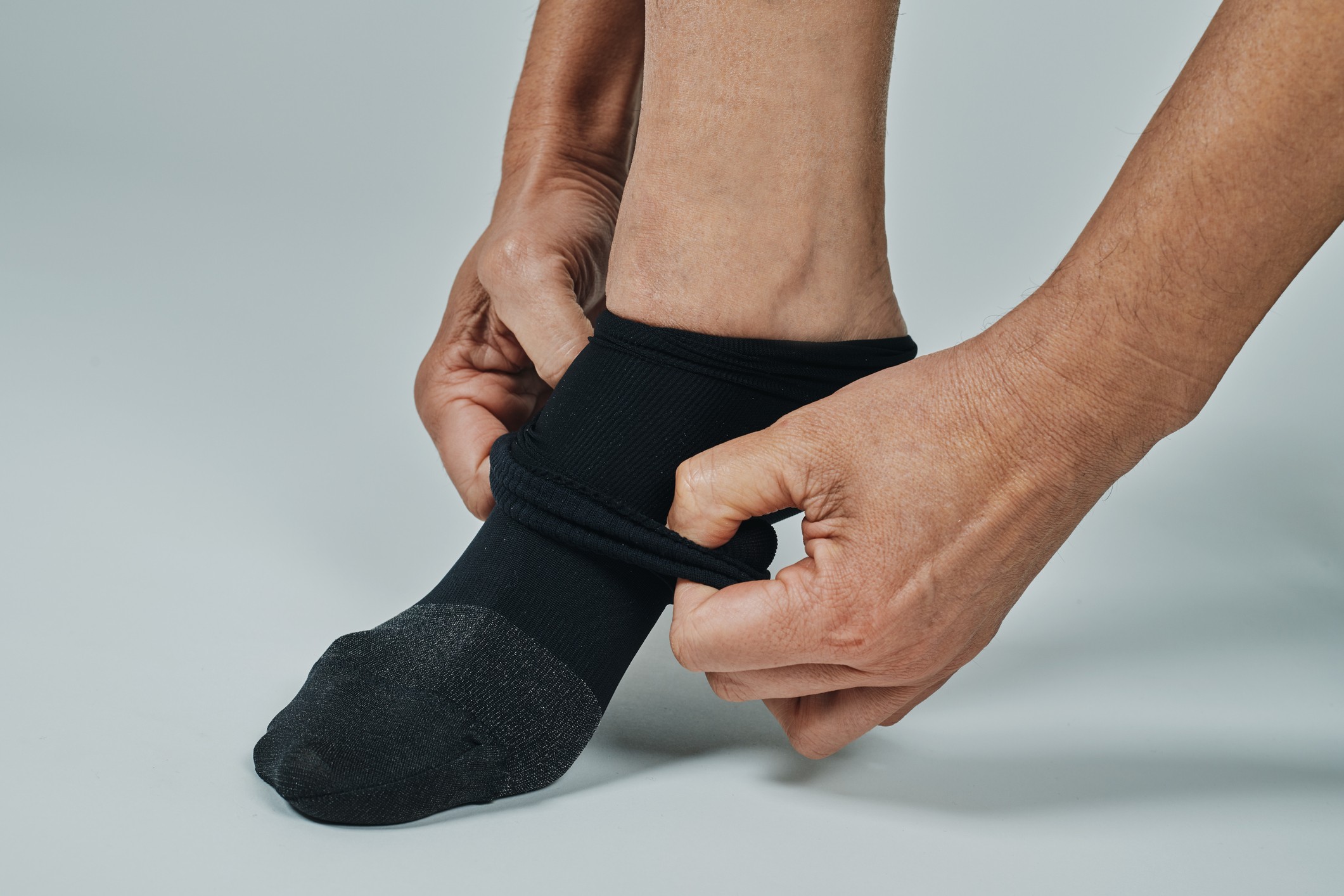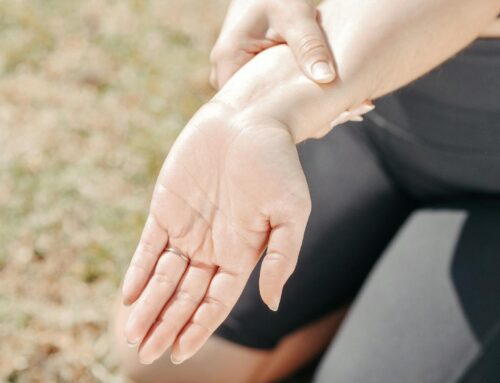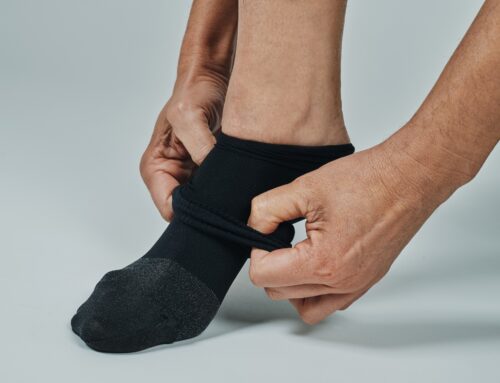Lower back pain is a prevalent and challenging issue that affects millions of people worldwide, cutting across age groups and professions.
Whether you lead a sedentary lifestyle or engage in physically demanding work, lower back pain can significantly disrupt daily activities and diminish overall quality of life. It can range from mild discomfort to severe and debilitating pain, hindering mobility, and impeding your ability to enjoy life to the fullest.
However, with the right approach and support, relief is within reach. One effective solution to manage lower back pain is choosing the right back brace, which can provide much-needed comfort, stability, and relief, allowing individuals to regain mobility and take back control of their lives.
Understanding Lower Back Pain
Causes of Lower Back Pain
Understanding the underlying causes of lower back pain is crucial in finding appropriate solutions for relief and healing. Recognizing these triggers empowers individuals to take informed steps towards pain management and prevention.
Common causes of lower back pain include:
- Muscle Strain
Overexertion, improper lifting techniques, or sudden movements can strain the muscles in the lower back, leading to pain and stiffness. - Herniated Disc
A herniated or slipped disc occurs when the soft inner core of a spinal disc protrudes through its tough outer layer, putting pressure on nearby nerves and causing pain. - Spinal Stenosis
This condition involves the narrowing of the spinal canal, leading to compression of the nerves in the lower back and resulting in pain and tingling sensations. - Sacroiliac Joint Dysfunction
The sacroiliac joints, located where the spine meets the pelvis, can become inflamed or misaligned, causing pain in the lower back and buttocks. - Osteoarthritis
Degeneration of the cartilage in the spine can lead to osteoarthritis, resulting in chronic lower back pain and reduced flexibility.
Common Triggers of Lower Back Pain
In addition to the causes mentioned above, several common triggers can exacerbate lower back pain and impact daily activities. These include:
- Poor Posture
Slouching or maintaining improper posture while sitting or standing can strain the lower back muscles and contribute to pain. - Lack of Exercise
Weak lower back and core muscles can lead to instability and increase the risk of lower back pain. - Excessive Weight
Carrying excess body weight places additional stress on the spine and lower back, exacerbating pain. - Sedentary Lifestyle
Prolonged periods of inactivity or sitting can cause muscle stiffness and contribute to lower back discomfort. - Stress and Tension
Emotional stress can manifest physically as muscle tension in the lower back, leading to pain and discomfort.
Impact of Lower Back Pain on Daily Activities
Lower back pain can significantly disrupt daily activities and negatively affect various aspects of life:
- It may limit mobility and make it challenging to perform simple tasks such as bending, lifting, or sitting for extended periods.
- Individuals with lower back pain may experience difficulty sleeping, leading to fatigue and reduced productivity during the day.
- Participation in physical activities or exercise routines may become restricted, impacting overall fitness and well-being.
- Lower back pain can affect one’s mood and emotional well-being, leading to frustration, irritability, and even anxiety or depression.
Lower back pain is a prevalent issue that can hinder daily activities and diminish overall quality of life. Understanding the causes and triggers of lower back pain is essential in finding appropriate solutions for relief and healing.
A well-chosen back brace can provide targeted support and alleviate discomfort, allowing individuals to regain mobility and enjoy life to the fullest.
Benefits of Back Braces for Lower Back Pain
Back braces offer a range of benefits, especially for individuals experiencing lower back pain or seeking preventive measures. These supportive devices can significantly improve the quality of life by providing relief, stability, and promoting better posture.
Support and Stability
Back braces are designed to provide targeted support to the lower back and surrounding muscles. They create a stabilizing effect on the lumbar region, reducing the pressure on the spine and distributing weight more evenly. This support is particularly beneficial for people with conditions like muscle strains, herniated discs, or degenerative spinal changes.
By supporting the lower back, back braces help prevent excessive movement that may exacerbate existing injuries. They allow the muscles to rest and heal while maintaining a proper alignment of the spine, reducing the risk of further strain or damage.
Lower Back Pain Pain Relief
One of the primary reasons people turn to back braces is to find relief from lower back pain. The compression and support provided by the brace help reduce pressure on the affected area, easing discomfort and soreness.
For individuals recovering from injuries or managing chronic pain conditions like sciatica or lumbar spinal stenosis, back braces can offer a soothing effect. The gentle compression helps alleviate inflammation, allowing for improved blood circulation and better healing.
Promotes Proper Posture
Poor posture is a common contributing factor to lower back pain. Back braces can act as a reminder to maintain proper posture while sitting, standing, or performing activities. They discourage slouching and help keep the spine in a more neutral position.
With consistent use, back braces can train the muscles and spine to maintain healthier alignment, even when not wearing the brace. This can lead to long-term improvements in posture, reducing the strain on the lower back and mitigating future pain and discomfort.
Prevents Overexertion and Re-injury
Back braces can be particularly beneficial during physical activities or heavy lifting. They offer additional support to the lower back muscles, reducing the risk of overexertion and potential re-injury. Individuals with physically demanding jobs or active lifestyles can benefit from the added protection and stability provided by a back brace.
Non-Invasive Option
Using a back brace is a non-invasive approach to managing lower back pain. It allows individuals to avoid or delay more aggressive treatments or surgeries. Back braces are generally safe for most people and can be used as a complementary treatment alongside other therapies like physical therapy or medication.
It is important to note that while back braces can be effective in providing short-term relief and support, they should not be solely relied upon as a long-term solution. Consulting with a healthcare professional or orthopedic specialist is essential to determine the most appropriate type of brace and ensure it aligns with the individual’s specific condition and needs. When used correctly and in combination with proper exercise and lifestyle modifications, back braces can play a valuable role in alleviating lower back pain and promoting overall spinal health.
Types of Back Braces
Back braces come in various designs and styles, each tailored to address specific conditions and provide targeted support. Understanding the different types of back braces available in the market can help individuals choose the most suitable option for their needs.
Corset-Style Back Brace
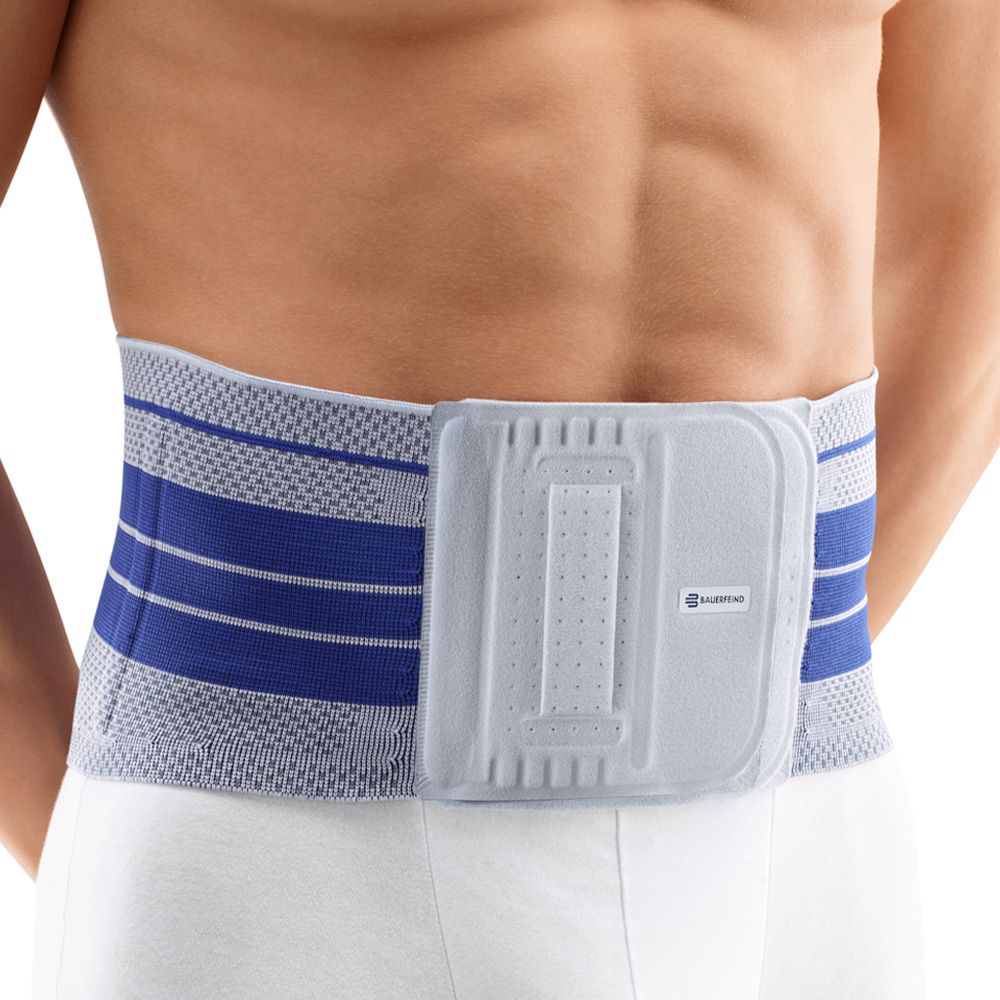
- Benefits:
- Offers compression for pain relief and muscle stabilization.
- Easy to adjust for a personalized fit.
- Provides mild to moderate support for various daily activities.
- Suitable for preventive measures during lifting or physical tasks.
Rigid Plastic Back Brace
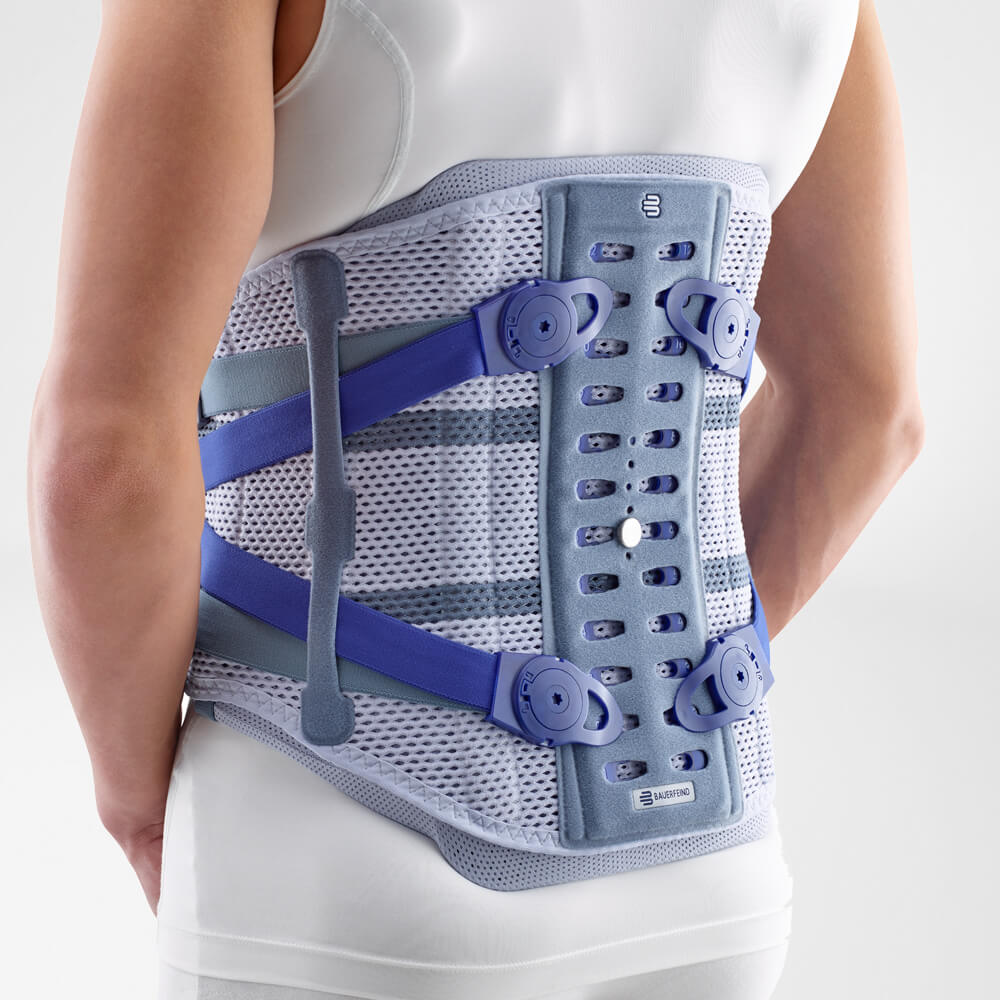
- Benefits:
- Provides strong support and stability to the spine and surrounding structures.
- Minimizes motion to prevent further injury or strain.
- Helps in post-operative recovery by protecting the surgical site.
- Ideal for conditions requiring strict immobilization.
Sacroiliac Belt
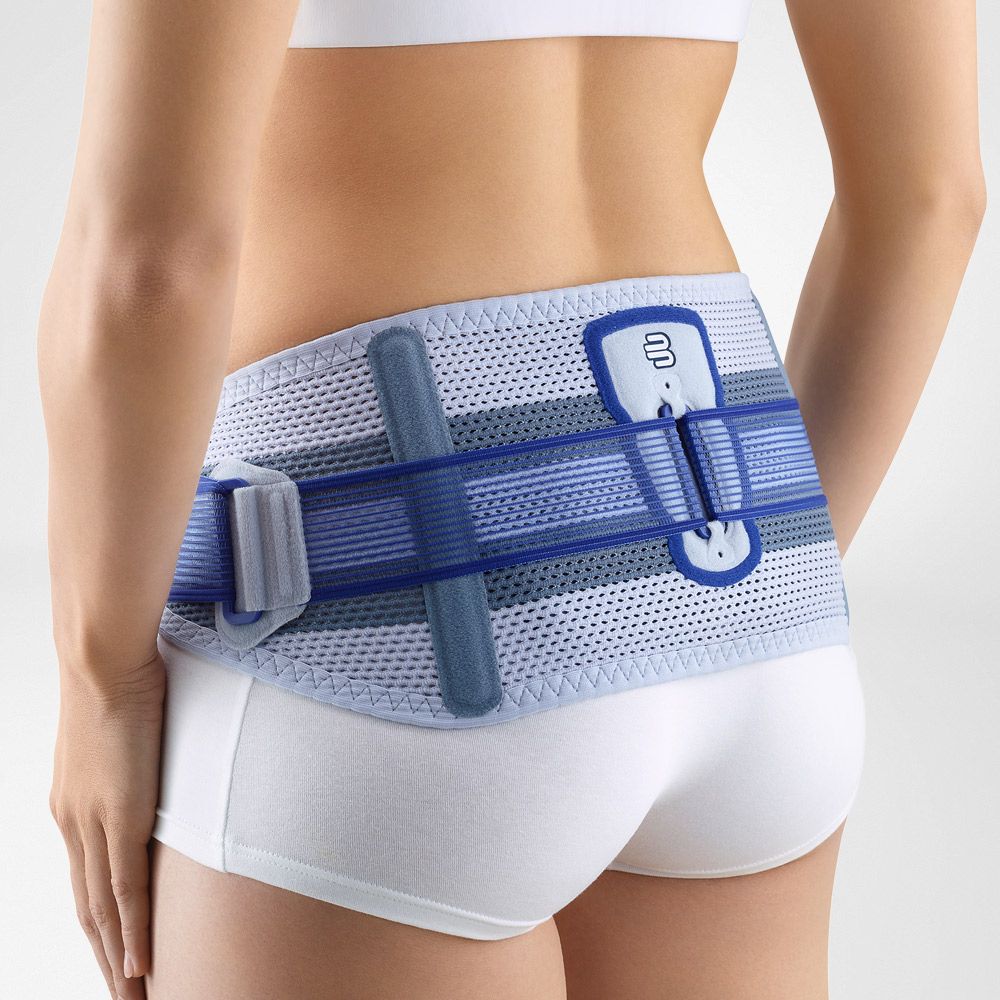
- Benefits:
- Provides targeted compression and stabilization to the sacroiliac joints.
- Alleviates pain caused by inflammation or SI joint dysfunction.
- Helps during pregnancy to support the pelvic region and reduce pregnancy-related back pain.
Posture Corrector Brace
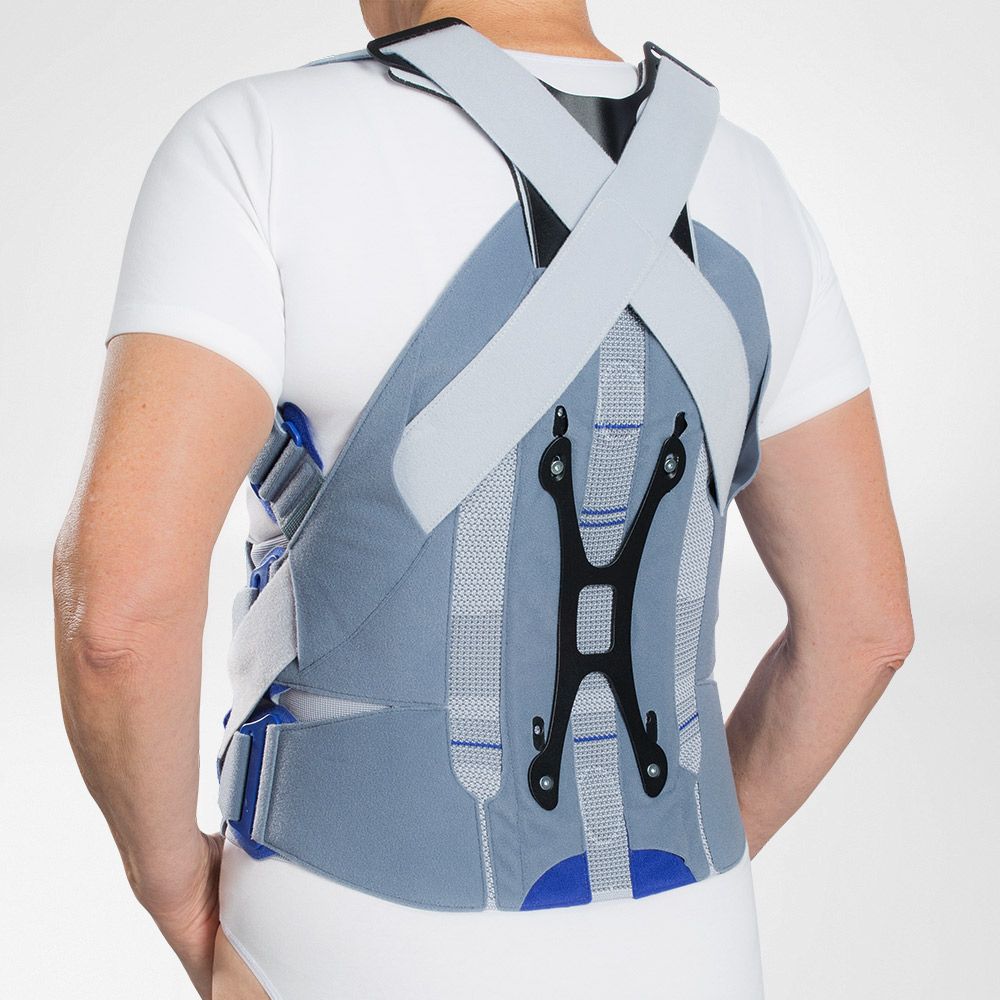
- Benefits:
- Helps in correcting rounded shoulders and slouching.
- Provides gentle reminders to maintain a more upright posture.
- Reduces strain on the back and neck caused by poor posture.
- Can be used as a preventative to develop better posture habits.
Lumbar Roll or Cushion
While not a traditional back brace, lumbar rolls or cushions are often used to support the natural curve of the lower back when sitting for extended periods.
- Benefits:
- Provides additional lumbar support to maintain proper spinal alignment.
- Reduces pressure on the lower back while sitting, promoting comfort.
- Can be used on chairs, car seats, or office chairs to improve posture.
Combination Back Brace
Combination back braces offer a mix of features, often combining the benefits of corset-style and rigid plastic braces. They provide both compression and enhanced stability, making them versatile for various back conditions.
- Benefits
- Offers a balance of support and flexibility.
- Suitable for individuals with moderate to severe back pain or spinal conditions.
- Provides customizable support and adjustment options.
It is crucial to consult with a healthcare professional or orthopedic specialist such as Care-Med to determine the most appropriate type of back brace based on an individual’s specific condition and requirements.
Proper usage and fit are essential to ensure the brace provides optimal support and relief, and users should follow the manufacturer’s instructions for proper wear and care.
Factors to Consider When Choosing a Back Brace
Choosing the right back brace is essential for obtaining effective relief and support for lower back pain. Several factors should be considered to ensure the brace fits well, offers maximum comfort, and provides the appropriate level of support based on individual needs. Here are key factors to consider when selecting a back brace:
Comfort and Fit
A well-fitting back brace is crucial for optimal effectiveness. Look for a brace that contours to the shape of your lower back and abdomen without causing discomfort or restricting movement. Consider the size and adjustability of the brace to ensure a snug fit.
A brace that is too tight can cause discomfort, while one that is too loose may not provide adequate support. Look for features like cushioned pads, soft linings, and smooth edges to enhance comfort during extended wear.
Level of Support
Different back braces offer varying levels of support, ranging from mild to maximum stabilization. The appropriate level of support depends on the severity of your back pain and the underlying condition.
For mild to moderate pain, a corset-style elastic belt may be sufficient. Individuals with more severe pain or post-surgical needs may require a rigid plastic back brace for added stability.
Material and Breathability
Consider the material used in the construction of the back brace. Breathable and moisture-wicking materials are essential for extended wear, especially during physical activities or in hot weather.
Look for braces made from lightweight and durable fabrics that allow air circulation to keep the skin dry and comfortable.
Adjustability
Adjustable back braces offer the advantage of a personalized fit, allowing you to customize the level of compression and support based on your comfort and pain relief needs.
Braces with adjustable straps or fastenings can accommodate changes in your body shape or fluctuations in pain intensity.
Ease of Use
Choose a back brace that is easy to put on and remove, especially if you plan to wear it throughout the day or during physical activities.
Consider whether you can put on the brace without assistance or if it requires professional fitting.
Lifestyle Compatibility
Assess how the back brace fits into your daily routine and lifestyle. If you have an active lifestyle, look for a brace that allows for a wide range of motion and does not hinder movement.
For individuals who sit for long periods, a brace with a lumbar roll or cushion may be beneficial to maintain proper posture while seated.
Recommendations from Healthcare Professionals
Seek advice from a healthcare professional or orthopedic specialist to determine the most suitable back brace for your specific condition. They can provide personalized recommendations based on your medical history and the severity of your lower back pain.
Following these considerations will ensure that you choose the most appropriate back brace to alleviate your lower back pain and provide the necessary support for your individual needs.
Additional Supportive Measures for Lower Back Pain
Complementary Exercises to Strengthen Lower Back Muscles
Engaging in specific exercises can help strengthen the muscles in the lower back and core, providing added support and stability. Pelvic tilts, bridges, bird-dogs, and cat-cow stretches are some beneficial exercises that target the lower back muscles.
It is essential to consult with a physical therapist or fitness professional to learn proper techniques and create a tailored exercise routine that suits your individual needs. Regularly performing these exercises can improve posture, reduce strain on the lower back, and enhance overall spinal health.
Lifestyle Changes to Prevent Lower Back Pain
Adopting certain lifestyle habits can significantly reduce the risk of future back pain and improve overall well-being. Maintaining a healthy weight is crucial to reduce stress on the spine and lower back. Practicing good posture while sitting, standing, and lifting heavy objects can help prevent unnecessary strain on the back. Using ergonomic furniture and equipment at home and work can minimize back stress during daily activities.
Incorporating regular physical activity, such as walking or swimming, into your routine helps keep the back muscles strong and flexible. Additionally, avoiding prolonged periods of inactivity and taking breaks to stretch and move during sedentary tasks can alleviate back discomfort.
Lastly, always use proper body mechanics when lifting heavy objects, keeping them close to your body and using your legs to lift, to avoid unnecessary strain on the back.
Lifestyle Changes Summay
- Perform exercises like pelvic tilts, bridges, bird-dogs, and cat-cow stretches to strengthen lower back muscles.
- Consult with a professional to learn proper exercise techniques and create a personalized routine.
- Maintain a healthy weight to reduce stress on the spine and lower back.
- Practice good posture while sitting, standing, and lifting heavy objects.
- Use ergonomic furniture and equipment at home and work to minimize back strain.
- Incorporate regular physical activity like walking or swimming to keep back muscles strong and flexible.
- Take breaks and stretch during prolonged periods of inactivity to alleviate back discomfort.
- Use proper body mechanics when lifting heavy objects to avoid strain on the back.
Choosing the right back brace for lower back pain relief is a crucial step towards managing discomfort, promoting healing, and improving overall quality of life. Back braces provide targeted support, reducing pressure on the spine, and alleviating pain. By selecting the appropriate brace based on individual needs and condition, individuals can experience enhanced comfort and mobility.
However, back braces should be used in conjunction with other supportive measures to achieve the best results. Complementary exercises that strengthen the lower back muscles and lifestyle changes that promote spinal health play integral roles in preventing future back pain.
Ready to find the perfect back brace to provide relief and support for your lower back pain? Contact Care-Med to schedule a personalized fitting session with our experienced team. We will assess your individual needs and recommend the most suitable back brace tailored to your specific condition. Call us at 416-782-5353 or book your appointment online.
Share This Story, Choose Your Platform!
Table of Contents
We specialize in orthotics, body braces, and compression wear tailored to your unique needs in Toronto. Reach out to us at info@caremed.care or call 416-782-5353 to book your fitting and consultation.
Experience the difference of customized solutions designed just for you.



